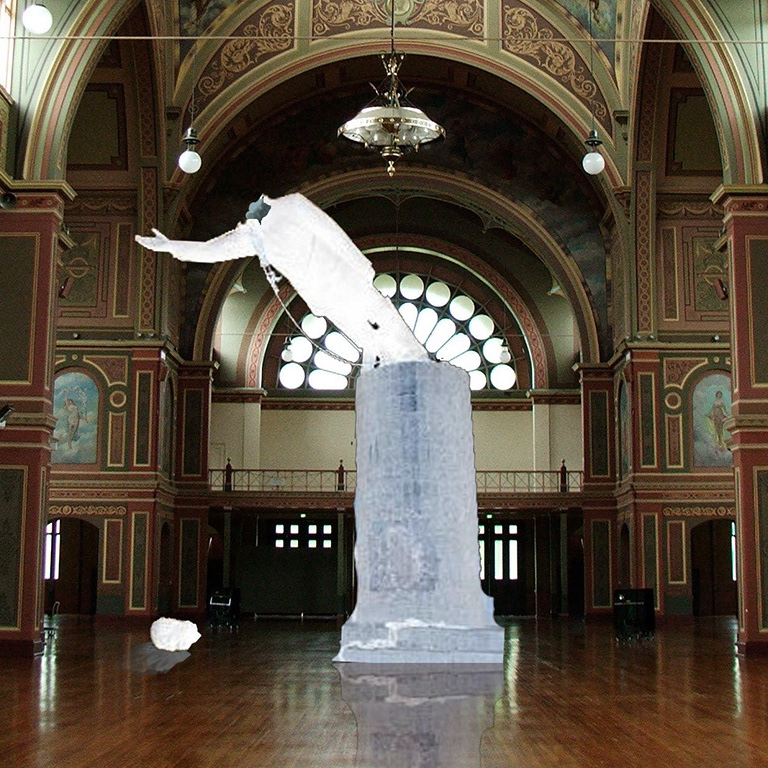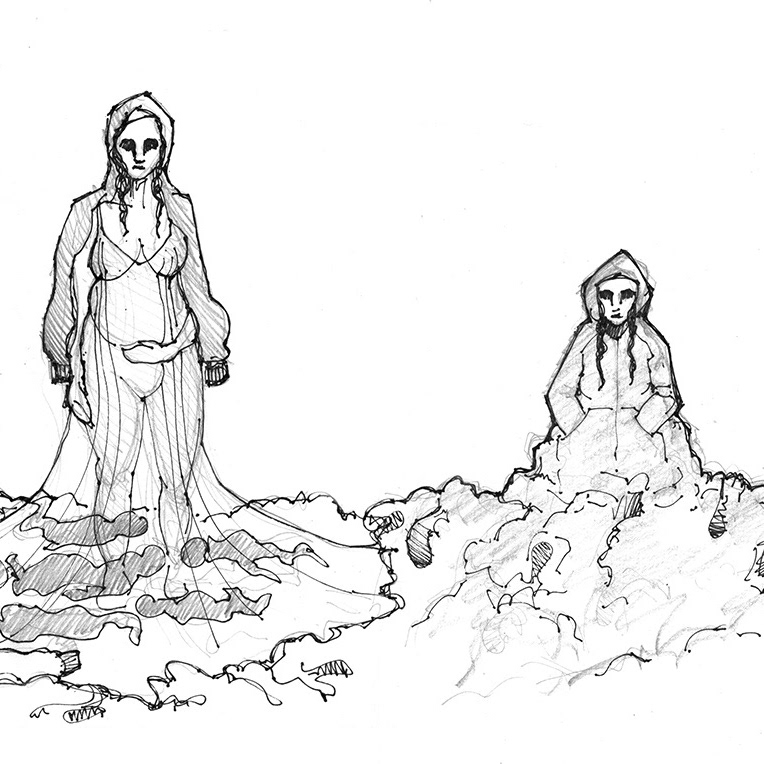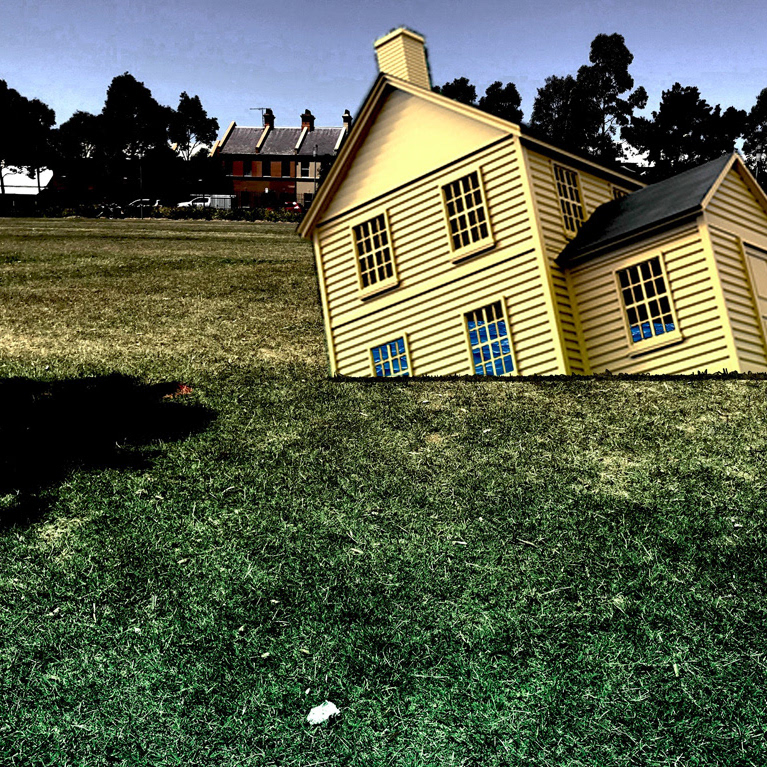British artist Raymond Briggs, perhaps best known for his 1982 post-nuclear war graphic novel When the Wind Blows, said that when he wanted to depict a character grieving, he simply drew them with their back to the frame. This way, the grief expressed in the face of the character is for the viewer to imagine. It’s an effective strategy in inviting the reader to invest themselves in the emotions of the character.
I propose we take this on in the theatre. We would only see the backs of actors, never their faces. Aside from inviting further investment from an audience in a character’s emotions, it would also be a deliberate and radical departure from what all that theatre marketing tells us is the central tenet of the theatre today: the face of the actor. As humans, we should actively battle against this falsehood as it promotes our appearance as our best achievement.
This is not a new idea. In his book, The Aesthetics of Absence, Heiner Goebbels advocates for the deliberate exclusion of some theatrical elements from the stage (including actors) perhaps seen most keenly in his work, Stifter’s Dinge. Edward Gordon Craig and Antonin Artaud also spoke of theatres without people. And if we are to exclude the actor’s face from the theatre, maybe we should go further and exclude ourselves from appearing onstage altogether.
Perhaps in the age of the Anthropocene, where humans are actively disappearing many species from the earth, we should all voluntarily disappear from the stage. Make a pledge not to appear whilst simultaneously making it indisputable that we are doing everything else but appearing. Use sticks from the wings to tip over glasses of water. Tug at strings to pull out chairs for ghosts. Be in the building but NEVER be seen, no part of us.
Without the distraction of how we look, we may be able to draw our actions into sharp focus.
First Published 2018
Edited by Peter Eckersall, Helena Grehan & Nicola Gunn.
© 2018 Imagined Theatres









